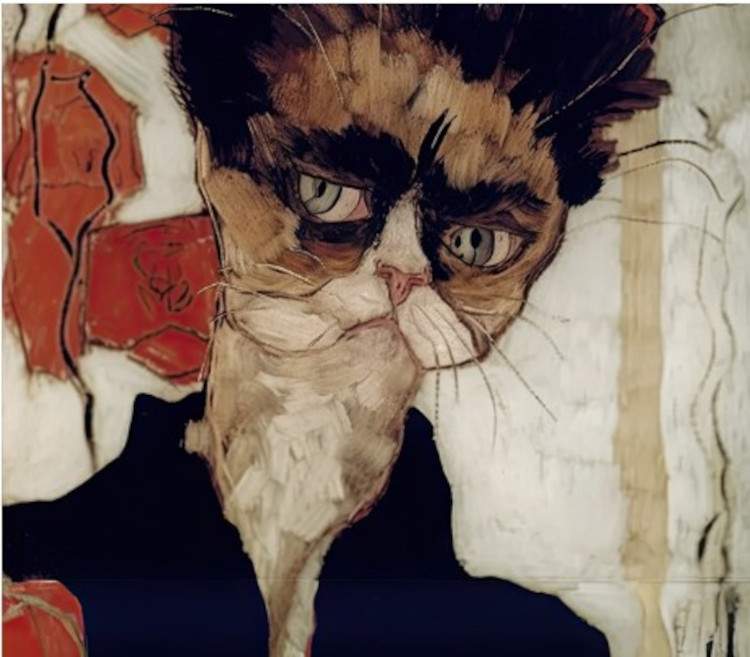Art gets populated by cats: Vienna uses artificial intelligence to bring the public closer to its museums
For its new campaign, theVienna Tourist Board has usedartificial intelligence to ironically transform some of the most iconic works of art found housed in the Austrian capital’s museums, precisely with the aim of bringing the public to see what the works themselves actually look like in museums.
Through artificial intelligence, the “new” works of art turn out to be populated with cats, and so the protagonist couple in Gustav Klimt’s Kiss becomes a pair of felines tenderly clutching each other, Egon Schiele’sSelf-Portrait becomes a frowning cat, Pieter Bruegel the Elder’s Tower of Babel becomes populated with lots of pussycats...
The campaign addresses each artist ironically apologizing to him or her on this repetitive pattern: “Sorry Egon, but your art made the art of artificial intelligence possible,” accompanying the sentence with an image of his or her retouched work. “Sorry..., but these days people can’t get enough of cats. And artificial intelligence tools like DALL-E and Midjourney now allow users to place them in virtually any environment imaginable, within seconds. But where exactly does artificial intelligence get its creativity from? Artificial intelligence extracts data from vast archives of existing artworks before replicating their form and content. So, it could be said that it was era-defining artists like Klimt (a big cat fan, by the way) and Schiele who made AI artworks possible in the first place. So even after death, they are able to teach artificial intelligence a thing or two,” reads the Tourist Board website presenting the See the art behind AI art campaign. Once attention has been captured by these viral images, the city is therefore offering a different proposition: visit Vienna and “see the art behind AI art.”
If the campaign is successful, it will encourage the public to redirect their attention to the reality that can only be found in Vienna’s museums within their permanent collections.
“There are more than 100 museums to discover in Vienna. While cats are (unfortunately) not allowed, you can still see the original works behind the art of artificial intelligence in the real world,” the Tourist Board’s campaign points out.

 |
| Art gets populated by cats: Vienna uses artificial intelligence to bring the public closer to its museums |
Warning: the translation into English of the original Italian article was created using automatic tools. We undertake to review all articles, but we do not guarantee the total absence of inaccuracies in the translation due to the program. You can find the original by clicking on the ITA button. If you find any mistake,please contact us.




























